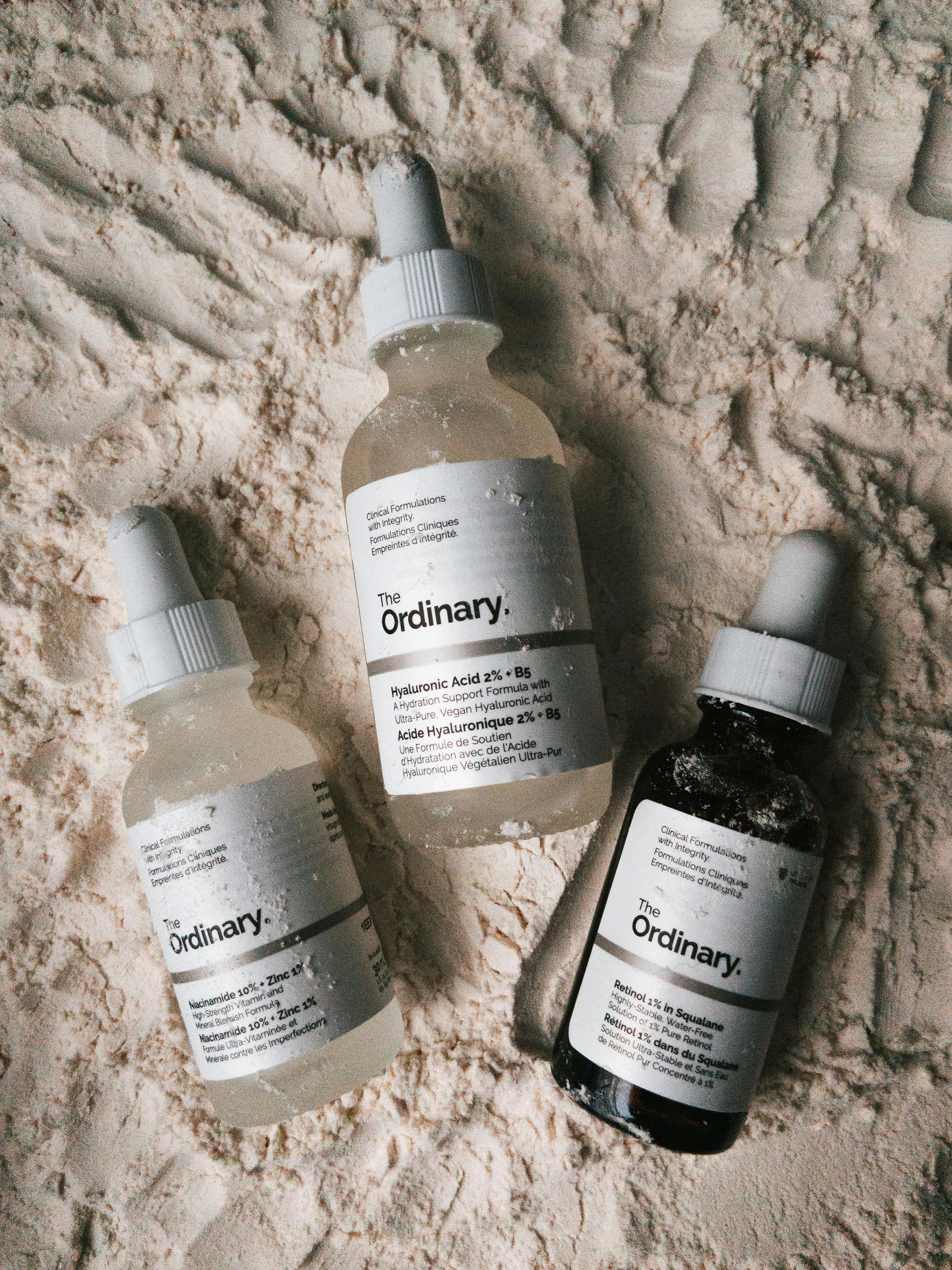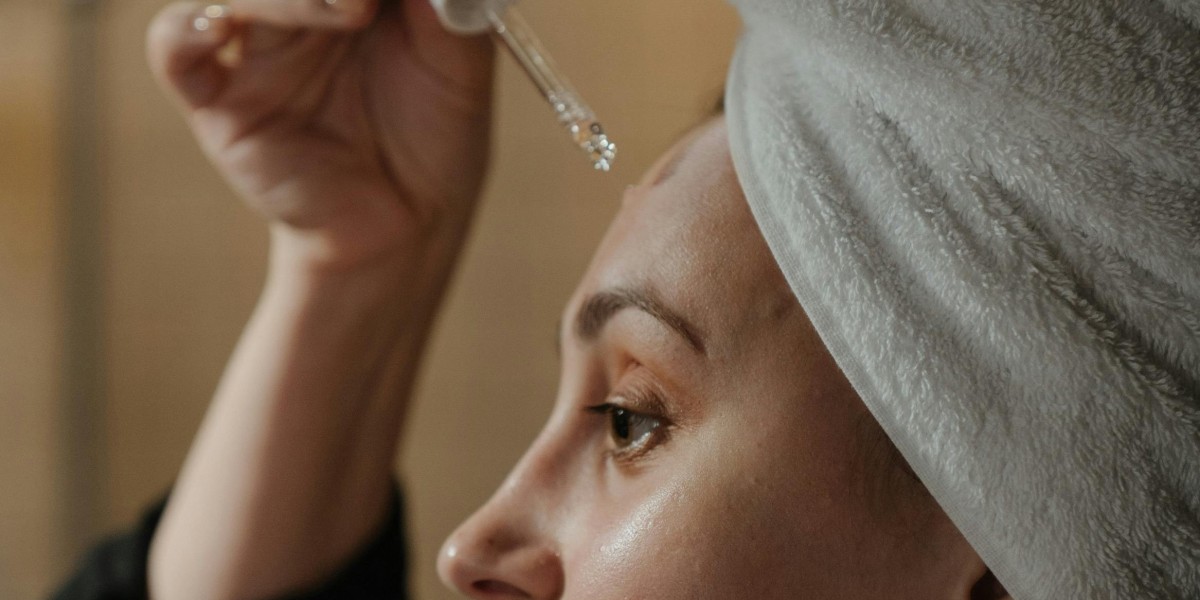Sunburn is a type of skin damage that occurs when the skin is overexposed to ultraviolet (UV) radiation from the sun. This can lead to various degrees of redness, pain, and inflammation, which is why it is important that you use a good brand of sunscreen like Neutrogena or Loreal.

What Happens During Sunburn:
- UV Radiation Exposure: UV rays penetrate the skin and damage the DNA in skin cells.
- Inflammatory Response: In response to this damage, the body triggers an inflammatory response, which includes increased blood flow to the affected areas, resulting in redness and swelling.
- Pain and Sensitivity: The damaged skin releases chemicals that signal pain receptors, causing discomfort. The affected area may feel warm and sensitive to touch.
- Peeling and Blistering: As the skin heals, it may peel or blister. This is the body's way of shedding damaged skin cells.
How It Can Hurt Your Skin:
- Immediate Effects: Sunburn can cause acute pain, swelling, and redness, making the skin uncomfortable and sensitive.
- Long-term Damage: Repeated sunburns can increase the risk of skin conditions, including premature ageing (wrinkles and age spots) and skin cancer (like melanoma).
- Dehydration and Infection: Severe sunburn can cause dehydration due to fluid loss from the damaged skin, and open blisters can become susceptible to infection. Using Ordinary serum on your skin can help keep it hydrated during especially sunny days.
- Sunburn can manifest through various symptoms, which can vary in intensity depending on the severity of the burn.
Common Symptoms:
- Redness: The skin appears red and inflamed due to increased blood flow.
- Pain and Tenderness: The affected areas may be painful to touch and sensitive.
- Swelling: Mild swelling can occur in the affected skin.
- Heat: The sunburned skin may feel warm or hot to the touch.
- Blisters: In more severe cases, blisters may develop, filled with clear fluid.
- Peeling: As the skin heals, it may start to peel or flake off, indicating the shedding of damaged skin cells.
- Itching: The skin may become itchy as it heals.
- Headaches: In some cases, sunburn can lead to headaches, particularly if accompanied by dehydration or prolonged sun exposure.
Severe Symptoms:
- In severe cases of sunburn, you may experience:
- Fever: An elevated body temperature may occur.
- Chills: Feeling cold or experiencing chills can be a response to systemic inflammation.
- Nausea: Some individuals may feel nauseated due to the body's reaction to the burn.
- Dizziness: This may occur due to dehydration or heat exhaustion.
If you experience severe symptoms or if the sunburn covers a large area of your body, it is important to seek medical attention.
How to prevent sunburn and keep your skin from peeling
Preventing sunburn and minimising skin peeling involves taking proactive measures to protect your skin from UV radiation and ensuring it remains healthy. Here are some effective strategies:
Preventing Sunburn:
- Use Sunscreen:
- Broad-Spectrum Protection: Choose a sunscreen that protects against both UVA and UVB rays.
- SPF 30 or Higher: Apply a sunscreen with at least SPF 30.
- Reapply Regularly: Reapply every two hours and after swimming, sweating, or towel drying.
- Seek Shade:
- Stay in the shade, especially during peak sunlight hours (10 AM to 4 PM).
- Wear Protective Clothing:
- Use wide-brimmed hats, sunglasses with UV protection, and long-sleeved shirts or cover-ups to shield your skin.
- Limit Sun Exposure:
- Gradually increase sun exposure to build up a natural tan (if desired), but avoid prolonged exposure, especially without protection.
- Use UV-Blocking Accessories:
- Consider UV-protective clothing and umbrellas that block UV rays.
Keeping Skin Healthy and Preventing Peeling:
- Moisturize Regularly: Apply a good moisturizer after sun exposure to keep skin hydrated and prevent peeling. Use a good brand of moisturizer for maximum protection. For example, Cetaphil. Even though the Cetaphil moisturizing cream price in Sri Lanka is high, the product is worth it to protect your skin from sun damage.
- Stay Hydrated: Drink plenty of water to keep your skin hydrated from the inside out.
- Gentle Cleansing: Use mild, non-irritating cleansers and avoid scrubbing the skin harshly.
- Avoid Hot Showers: Take lukewarm showers instead of hot ones to prevent further drying out the skin.
- Avoid Picking or Scratching: If your skin starts to peel, resist the urge to pick at it, as this can lead to irritation or infection.
- Use Aloe Vera or After-Sun Products: Aloe vera gel or after-sun lotions can soothe the skin and help with hydration.
- Protect Peeling Skin: If your skin does peel, keep it covered with loose clothing to avoid irritation and protect it from sun exposure.
By following these preventive measures, you can significantly reduce the risk of sunburn and maintain healthy skin. If you do get sunburned, treat it promptly to minimise discomfort and potential peeling.
What products should you use to protect your skin from sunburn?
To effectively protect your skin from sunburn, consider using the following types of products:
- Sunscreen:
- Broad-Spectrum Sunscreen: Look for a sunscreen labelled "broad-spectrum," which protects against both UVA and UVB rays.
- SPF Rating: Choose a sunscreen with at least SPF 30 for adequate protection. Higher SPF options (50+) provide even more protection, especially for fair skin.
- Water-Resistant Formulas: If you will be swimming or sweating, opt for water-resistant sunscreens that maintain their protection for up to 40 or 80 minutes.
- Sun-Protective Clothing:
- UPF Clothing: Wear clothing designed with an Ultraviolet Protection Factor (UPF) rating. This clothing offers built-in protection from UV rays.
- Wide-Brimmed Hats: Use hats with a wide brim (at least 3 inches) to protect your face, neck, and ears.
- UV-Blocking Sunglasses: Look for sunglasses that block 100% of UVA and UVB rays to protect your eyes and the surrounding skin.
- After-Sun Products:
- Aloe Vera Gel: Known for its soothing properties, aloe vera gel can help cool and hydrate sunburned skin.
- Moisturizers: Use a gentle, hydrating moisturizer with ingredients like glycerine, hyaluronic acid, or ceramides to maintain skin moisture.
- Lip Balm with SPF:
- Protect your lips with a lip balm that contains SPF, as the lips are particularly sensitive to sun damage.
- Tanning Oils (with Caution):
- If you are looking to tan, use tanning oils that also contain SPF protection, but be cautious as they can still lead to sunburn if not used properly.
- Antioxidant Serums:
- Vitamin C Serum: Using a serum with antioxidants like vitamin C can help protect against UV damage and support skin repair.
Application Tips:
- Apply Generously: Use enough product (about an ounce for the entire body) and ensure even coverage.
- Reapply Often: Reapply every two hours, or more frequently if swimming or sweating.
- Use on All Exposed Skin: Do not forget areas like the ears, back of the neck, and the tops of your feet.
By incorporating these products into your skincare routine, you can significantly reduce the risk of sunburn and maintain healthy skin.

![Canna Plus CBD Gummies FR, BE, LU & CH (France) Avis [Mise à jour 2024]](https://biiut.com/upload/photos/2024/10/QSr4TwsPIIsum82p3YH5_04_73916413b894bfa861ee563680ff9a13_image.jpg)
